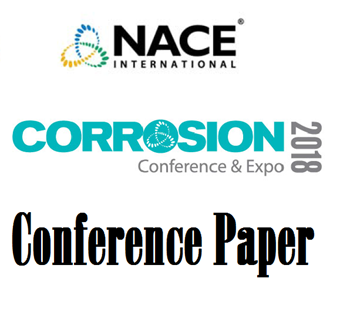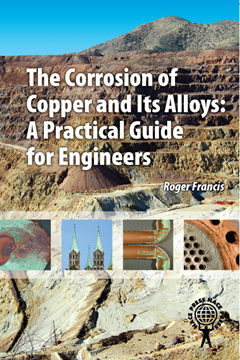Search
Products tagged with 'metallic corrosion'
View as
Sort by
Display
per page
51318-11232- Mechanism of CO2 Corrosion of Mild Steel: a New Narrative
Product Number:
51318-11232-SG
Publication Date:
2018
$20.00
Galvanic Corrosion in Water & Wastewater Structures: Coupling Stainless and Carbon Metals Leads to Accelerated Corrosion
Product Number:
41214-840-SG
Publication Date:
2014
$20.00



